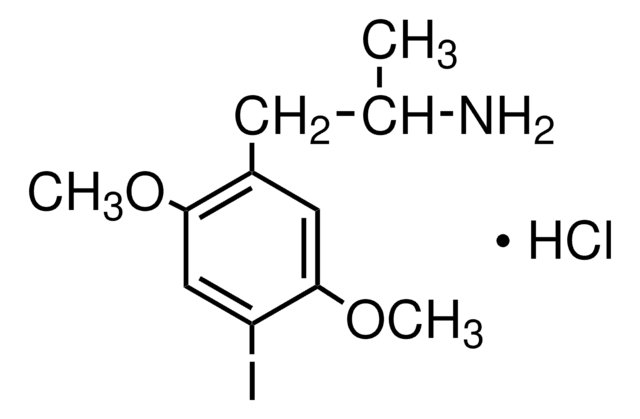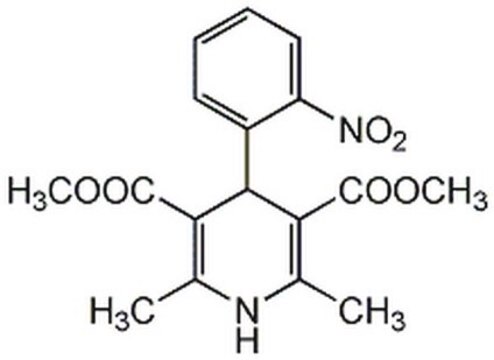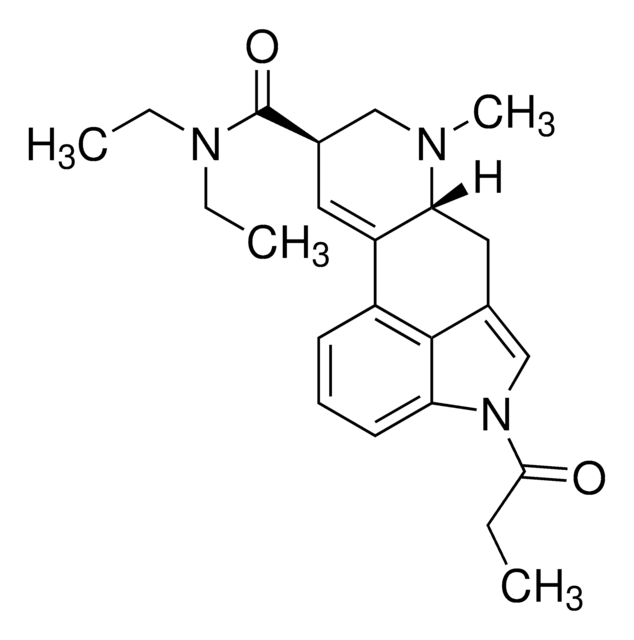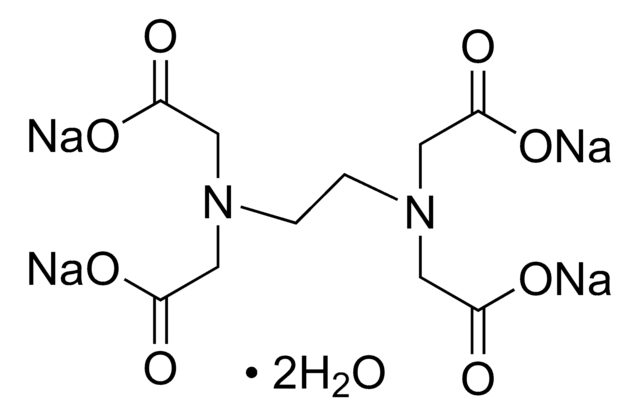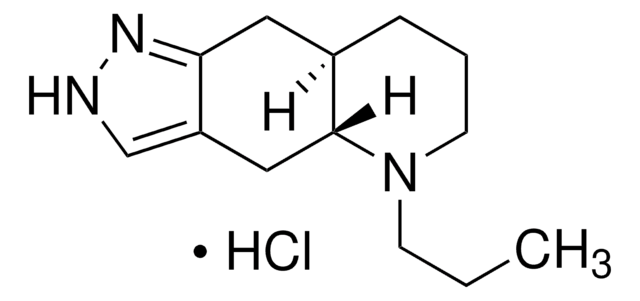D153
(R)(−)-DOI hydrochloride
≥98% (HPLC), solid
Synonym(s):
(−)-1-(2,5-Dimethoxy-4-iodophenyl)-2-aminopropane hydrochloride, (−)-2,5-Dimethoxy-4-iodoamphetamine hydrochloride
About This Item
Recommended Products
Quality Level
Assay
≥98% (HPLC)
form
solid
optical activity
[α]22/D −12.36°, c = 2 in H2O(lit.)
drug control
Home Office Schedule 1; regulated under CDSA - not available from Sigma-Aldrich Canada
color
white
solubility
H2O: ≥20 mg/mL
ethanol: soluble
SMILES string
Cl.COc1cc(C[C@@H](C)N)c(OC)cc1I
InChI
1S/C11H16INO2.ClH/c1-7(13)4-8-5-11(15-3)9(12)6-10(8)14-2;/h5-7H,4,13H2,1-3H3;1H/t7-;/m1./s1
InChI key
QVFDMWGKHUFODK-OGFXRTJISA-N
Gene Information
human ... HTR2A(3356) , HTR2B(3357) , HTR2C(3358)
Biochem/physiol Actions
Storage Class Code
11 - Combustible Solids
WGK
WGK 3
Flash Point(F)
Not applicable
Flash Point(C)
Not applicable
Personal Protective Equipment
Certificates of Analysis (COA)
Search for Certificates of Analysis (COA) by entering the products Lot/Batch Number. Lot and Batch Numbers can be found on a product’s label following the words ‘Lot’ or ‘Batch’.
Already Own This Product?
Find documentation for the products that you have recently purchased in the Document Library.
Our team of scientists has experience in all areas of research including Life Science, Material Science, Chemical Synthesis, Chromatography, Analytical and many others.
Contact Technical Service